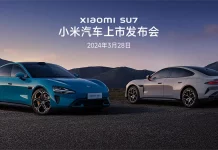A Xiaomi teljes portfólióját nézve a Redmi Note vonal a legnépszerűbb az egész világon. Ezekből a modellekből fogy a legtöbb mind az ázsiai, mind az európai piacon. Nem véletlen – hanem szándékos stratégia része – hogy a 2019 év elejétől elvileg önálló brandként működő Redmi még jobban rákapcsolt a fejlesztésekre, és árasztják el a világpiacot az újabbnál újabb modellekkel. 2020. április 30-án trióvá bővült a Redmi Note 9 széria, ami bár identitását némileg elveszítette, cserébe vastagabban fogott a gyártó tolla az árazásnál.
Redmi Note model range
Over the past 10 years, Xiaomi's large-screen mid-range phones have evolved in line with Asian trends. And if we look back at the almost innumerable models, we can see how the needs of Chinese users have changed and how the manufacturer itself has kept pace with technical developments.
Az első modellek esetén a versenyképes árazás volt az elsődleges szempont, melyhez korrekt formatervet, alumínium hátlapot, és hatalmas akkukapacitást kaptunk. Az azóta eltelt évek során megnőttek a kijelzők, fejlődött az összeszerelés minősége, divattá vált az üveg hátlap használata, és négyre bővült a hátsó kamerák száma. Az előlapi kamerák elhelyezése lekövette a nemzetközi trendeket, 2018 őszétől a Redmi Note 6 Pro-val elindult a kijelzőbe belógó kamerák és szenzorok divathulláma, melyet 2019-ben drop (csepp) notch-ra, majd 2020-tól DotDisplay (kameralyuk a kijelzőben) megoldásra “aktualizáltak”.
In 2019, a major quality assurance was introduced in production, which not only benefited the quality of materials, but also pushed up prices.
And from 2020, the manufacturer's business policy has changed again, as Xiaomi's CEO himself has stated that the compromise solutions and small profit margins are over, and the Mi series will use the best and strongest available components for each component, which is reflected in the price tag. In the first half of the year, Redmi didn't refresh the entry-level category, but instead, with an eye towards the premium segment, it unveiled the first members of the Redmi K30 model family, followed a few months later by the Redmi K30 Pro 5G model, which will serve as the basis for the upcoming POCO F2 Pro.
We had to wait until April for the really popular Note 9 series, available for European users, to arrive. The first of the trio is the Redmi Note 9S, followed today by the Redmi Note 9 and Redmi Note 9 Pro.
Redmi Note 9S
This year's range has been updated in several ways, but the design is not nearly as unique and recognisable as it was years ago. It's no wonder, as competing manufacturers in China have mushroomed and we couldn't count the number of logos on smartphones today. That's why Xiaomi has nothing new to offer, with other brands offering a camera-ready display as well as a rounded rectangular quad camera back design. A For Redmi Note 9 series this year's keyword is symmetry. Both the front camera and the camera unit on the back are located exactly in the middle (vertically in the middle, I mean). This gives some extra elegance and is soothing to the eyes, and it doesn't constantly wobble on the tabletop, of course, with the included case.
Display
A Redmi Note 9S igazán nagyra nőtt, hiszen kijelzője 6.67″-es 20:9-es képaránnyal és FHD + (2400×1080) felbontással rendelkezik a védelemről elől-hátul Gorilla Glass 5 üveg gondoskodik. Nem csak a méretében ugrott szintet a Note 9S, de akku kapacitásban is, hiszen az 5020mAh mindenképpen hatalmas ugrás az eddigi 4000-4500mAh-ás akkuk után. Nem volt egyszerű dolga Kornélnak sem a lemerítésével, amikor az üzemidőt tesztelte.
Hardware
The Redmi Note 9S is the first Redmi smartphone to use a Qualcomm Snapdragon 700 series processor, the Snapdragon 720G to be precise, which is now built with advanced 8nm manufacturing technology, has a maximum clock speed of 2.3GHz, is more power efficient and has the performance to beat last year's Mi 9 SE, with a hard 36% CPU and 18% GPU overclocking. So the beastly performance is a given, and there are also goodies like the 48MP+8MP+5MP+2MP quad camera unit, which is Kornél tested me well, and a fingerprint reader built into the power button on the side, which works great.
There's still the 3.5mm jack, the infraport, P2i splash-resistant coating, and charging via USB-C, in this case 18W fast charging with a 22.5W charging head included in the box.NFC is unfortunately omitted here, but there's another model in the trio that lets you pay contactlessly. Dual nanoSIM support isn't left out either, with the option to add a microSD card up to 512GB. Another good thing is that we get UFS 2.1 speed for the storage, so 4K video or 48MP images can be handled faster by the hardware, and cable movement is also faster than on the Note 8T. The Redmi Note 9S is available in three colours - Starry Grey, Glacier White and Aurora Blue.
Redmi Note 9S pricing
A “magával ragadó élménynek” bizony ára van, mégpedig a gyártó által ajánlott bruttó áfás ára, ami forintban a következő:
- 4GB + 64GB = 89.990 Ft
- 6GB + 128GB = 99.990 HUF
These are models and prices for the Central European region, backed by a 2-year manufacturer's warranty.
Redmi Note 9
The smallest and cheapest of the trio. It is also a bit of a cuckoo bird next to its two brothers, as the symmetry of the front is broken by the camera hole on the left edge. What is undeniable, however, is that 110 million Redmi Note units have been sold so far, and that's not what customers will be looking at.
Furthermore, this model also features the reappearance of MediaTek's processor, which in recent years we no longer associate with a CPU that consumes a lot and gets hot, but with a good compromise in the performance-price area.
Display
Bár a Redmi 9-ről egyelőre még nem kell lemondanunk – mint egy olcsóbb, és kisebb kijelzős alternatíváról – egyelőre semmilyen hivatalos megerősítést sem kaptunk a gyártótól. Ezt azt jelenti, hogy májustól a Redmi Note 9 lesz a kínálatban a belépő modell, a maga 6.53″-display, which in turn is also FHD + felbontással (19.5:9 képarány és 2340×1080 pixel felbontás) büszkélkedhet. Ráadásul ez a modell is megkapta a TÜV Rhineland low blue light certification, so it's easy on the eyes even if you're in the middle of War and peaceWe plan to read it using the house quarantine.
Hardware
Above you mentioned the MediaTek processor, which is quite specifically a MTK Helio G85. It's the little brother of the G90T, which is still available in the Redmi Note 8 Pro, so if you've only heard the bad news about MTK processors from years ago, ask a Note 8 Pro owner, they'll be surprised.
The Helio G85 debuted first in the Redmi Note 9 and the eight-core (max clock speed 2.0GHz) processor rolled in a score of nearly 206,000 in AnTuTu v8. This is 22% more powerful than last year's Redmi Note 8 Snapdragon 665 AIE processor, while the GPU (Arm Mali-G52 MC2 950MHz) delivered 32% on Adreno™ 610.
Looking at the RAM memory sizes, you might be surprised to see 3GB. Such an odd choice has rarely been made by Xiaomi, and these rarities have so far remained in Asia, thankfully. That's why I would have skipped the 3GB+64GB build, but looking at the pricing (below) it might be a more rational decision to go for the 4GB+128GB variant.
The Redmi Note 9 also gets a 5020mAh battery, which can be fast charged at 18W using the included 22.5W charging head. This capacity is enough for 16 hours of continuous navigation, 147 hours of music listening or 33 hours of voice calls. Another interesting feature is the possibility of wired recharging, which requires a USB-C cable at both ends and can charge another device at 9W. The cheapest member of the trio also has NFC, as does the Note 9 Pro, while the Note 9S lacks it.
Camera
The camera unit here is also four, the main sensor is also 48MP, and the others are 8+2+2 MP. Video capabilities are limited to a maximum resolution of 1080p, but that's not what we'll be shooting the movie of our lives on anyway. With enough light, the 4 sensors will do a great job, as will the 16MP resolution for selfies. What's more, the manufacturer also highlights the improved scanner mode, so all you need is a Redmi Note 9 to digitise your documents.
The sophisticated plastic back coating is also nano-coated to resist splashes of water. Thanks to the smaller size and the plastic back, the weight has been kept down to under 200g (199g). The Redmi Note 9 also features Dual nanoSIM and a dedicated microSD card slot. The fingerprint sensor has been moved to its classic location, at the back, under the camera unit. The special process colour scheme comes in 3 halves, Forest Green, Midnight Grey (which is blue) and Polar White (which is a light blue with purple transitions)
Redmi Note 9 pricing
The suggested retail prices for all three models were quoted in dollars:
- 3GB+64GB = $199
- 4GB+128GB = $249
These are then converted into HUF and local taxes are added to get the official recommended retail prices:
- 3GB+64GB = 79.990 Ft
- 4GB+128GB = 84.990 Ft
You can see that the smaller version doesn't make sense until the price is significantly reduced. Overall, none of them are cheap, but let's take a good look at what we get for our money.
Redmi Note 9 Pro
From the comments so far, I've gathered that many of you were most looking forward to this. This device gives the average user everything they need for everyday life.
It has never been easy to keep track of Xiaomi's names, as we have often questioned the legitimacy of a particular model. Last year, the Redmi Note 8 and Note 8T, which although at first glance differed only in NFC, were in fact different in size and the presence of a notification LED.
Even if you discount the fact that there are separate models for the Chinese, Indian and international markets, it is not easy to see the logic. To cut a long story short, imagine that you have a Redmi Note 9 Pro Max that is made exclusively for Asia. The starting point was this model when the name Global Note 9 Pro came up in the press.
While the Indian Redmi Note 9 Pro has been turned into a Global Note 9S model with a twist, the Redmi Note 9 Pro Max only looks like the Global Redmi Note 9 Pro unveiled today from a distance. Let's see how it differs.
Display
A szimmetria mindenek felett, a kameralyuk középen maradt. A kijelző 6.67″-es 20:9-es képaránnyal és FHD + (2400×1080) felbontással rendelkezik a védelemről elől-hátul Gorilla Glass 5 üveg gondoskodik. Itt nincs eltérés sem az indiai változathoz, sem pedig a Note 9S-hez képest. Nincs 90Hz, nincs AMOLED, csak egy letisztult, szimmetrikus kialakítás, gyönyörű IPS panellel, amihez ott a TÜV tanúsítvány.
Design
The physical size and weight have not changed:
Height: 165.75mm
Width: 76.68mm
Thickness: 8.8mm Weight: 209g
The back is more so. The Redmi Note 9 Pro features a two-tone design, which means it uses a different patterned finish to create a glossy and matte effect when you look at it. It's not something Xiaomi invented either, but it looks great, there's no denying that. The camera unit has also been changed, with the four cameras remaining in the black rounded square, but the dual-tone flash is now separately on the green back, below the unit (symmetrically in the middle).
And here comes the twist in the machinery! According to the pictures on the official site, the two-tone back design is only available in the Tropical Green colour, as is the LED flash, which is only available in this colour, and is separate from the camera unit. In the other two colours, Starry Grey (bluish) and Glacier White, you can see the flash in an elongated black section, just like the Note 9S or the Note 9 Pro Max in India.
The fingerprint reader is also on the side, integrated into the power button. The rear quad camera has a 64MP main sensor and 8MP+5MP+2MP units. Special attention is paid to camera capabilities, and software innovations such as Kaleidoscope effect. The front-facing camera resolution has been reduced compared to the Pro Max, with the Note 9 Pro featuring a 16MP selfie camera.
Hardware
The processor is the same as the Qualcomm Snapdragon 720G used in the Note 9S. It's already highlighted here that compared to the Snapdragon 712 used in the Mi 9 SE, there's an improvement of 36% in CPU, 14% in GPU, even 115% in AI. The battery here is also 5020mAh, what has changed compared to the pro Max is that the fast charging has been reduced from 33W to 30W. In the box, however, we get the 33W charging head. Dual nanoSIM handling and a dedicated microSD slot are also a given here. Finally, there's one more difference compared to the Pro Max and the Note 9S, and that's NFC. Yes, there's NFC, you can pay contactless.
Redmi Note 9 Pro pricing
Let's first look at the recommended prices in dollars
- 6GB+64GB = $269
- 6GB+128GB = $299
These are then converted into HUF and local taxes are added to get the official recommended retail prices:
- 6GB+64GB = 104.990 Ft
- 6GB+128GB = 114.990 Ft
I would like to make two points here. Firstly, the capabilities of the device and secondly, the weaker forint compared to last year.
És a végére jöjjön még egy Note, ami nem Redmi…
Mi Note 10 Lite
The Mi Note 10 series was launched in autumn 2019 with two members (Mi Note 10 and Mi Note 10 Pro), and today it's followed by a third model, the Mi Note 10 Lite followed. The trio have identical hardware and dimensions, with only differences in camera design and sensor resolution. The Mi Note 10 Lite didn't show anything new to the extent that it didn't even get a separate event, it was just slipped in at the end of the Redmi Note 9 series press conference.
Display
Maradt a 6.47″-es AMOLED FHD + kijelző, beépített ujjlenyomat olvasóval. Az élek lekerekítettek (edge), a színek gyönyörűek, a kontraszt 400000:1, a Színtér DCI-P3.
Hardware
The Mi Note 10 Lite inherited the Snapdragon 730G processor, which is sufficient for the reduced main camera resolution, and it's welcome that the type of storage is disclosed here, with UFS 2.1 speeds.
Camera
This is where the only substantive change happened. The penta (5) camera has been replaced by a quad (4), from 108MP 64MP-re csökkent a főszenzor felbontása. A négy hátlapi szenzor 64MP+8MP+5MP+2MP. A kameraszám csökkenése miatt változott a hátlapi dizájn is, maradt a bal felső sarokban állítva, viszont a 4 kamerát és a 2×2 LED villanót egységes egy fekete lekerekített téglalap keretbe fogták össze. Ez talán egyedibb megoldás, mint a Redmi Note 9 széria esetén.
The battery is still 5260mAh, with 30W fast charging support (and charging head), 2pcs nanoSIM slots are still available for Digis users, but there is no possibility for back expansion. No wireless charging, but NFC, infraport and 3.5mm jack.
The Mi Note 10 was a great device, this was the test I also told you. The Mi Note 10 Pro was a superfluous extra in my opinion.
Currently, the Mi Note 10/Pro has been discontinued and is only available from stock. A Mi Note 10 Lite arrives in May, as well as the Redmi Note 9 and 9 Pro.
A zöld színt (indigó)kékre cserélték (köd lila), vagy ahogy a fény megtörik rajta…..továbbá elérhető Éjfekete és Gleccser fehér színben is.
Mi Note 10 Lite pricing
Interestingly, the price was not given in dollars, but in euros:
- 6GB+64GB = $349
- 6GB+128GB = $399
These are then converted into HUF and local taxes are added to get the official recommended retail prices:
- 6GB+64GB = 149.990 Ft
- 6GB+128GB = 159.990 Ft
If you look at the Mi Note 10 starting from 199.000 Ft (it is important to highlight the manufacturer's recommended retail price), the price of the Mi Note 10 Lite is absolutely fair. One camera and 44MP minus is digestible for that kind of money, I do regret the OIS though. But what's the point Lite an appliance, if not for cost-cutting. However, you can take comfort from the 3 focus modes (Laser | Phase Detection | Contrast Detection) retained with the laser autofocus, so sharpness won't be a problem.
The Redmi Note 9S available now official sources, while the Redmi Note 9 and Note 9 Pro, as well as the Mi Note 10 Lite, will be available in Hungary in May.

















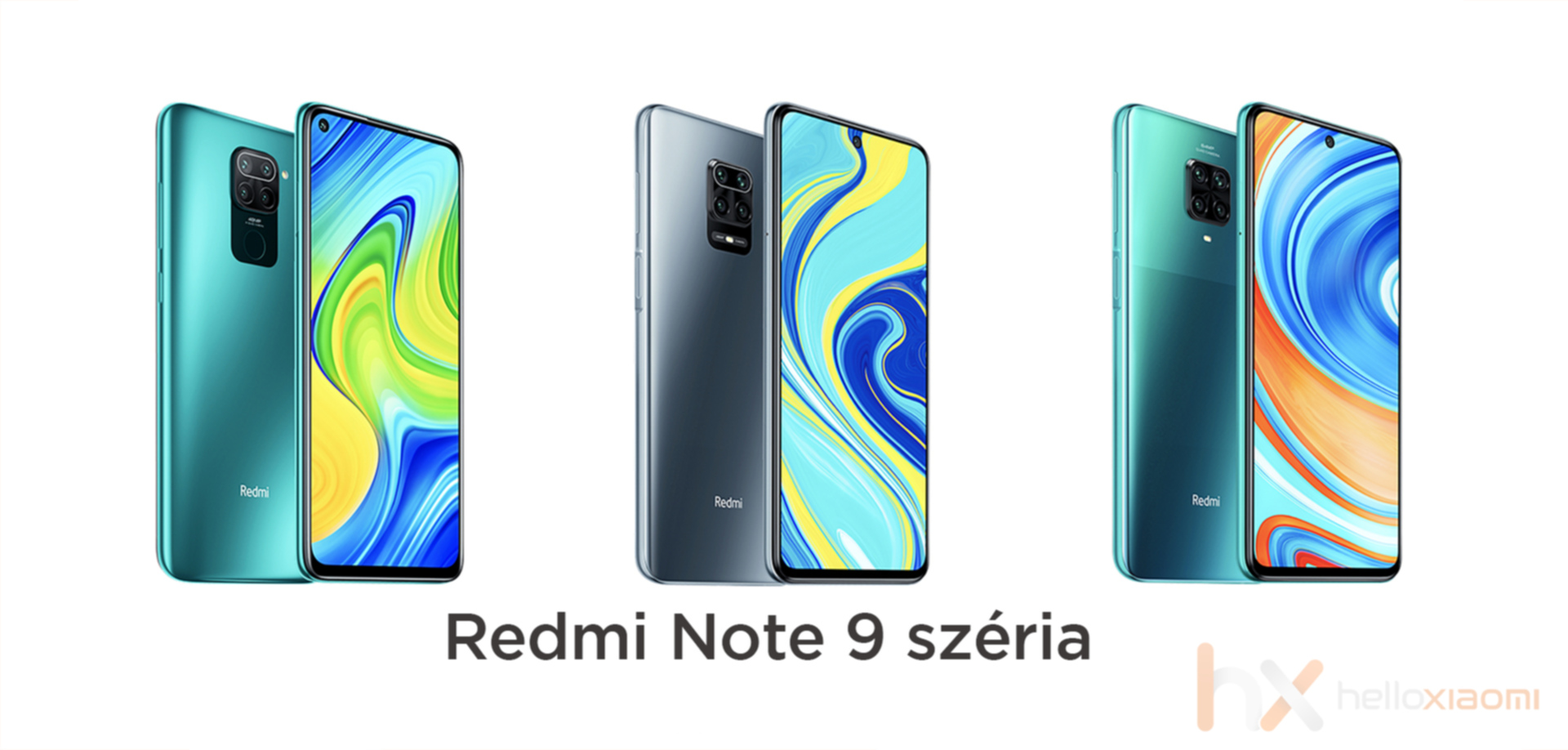
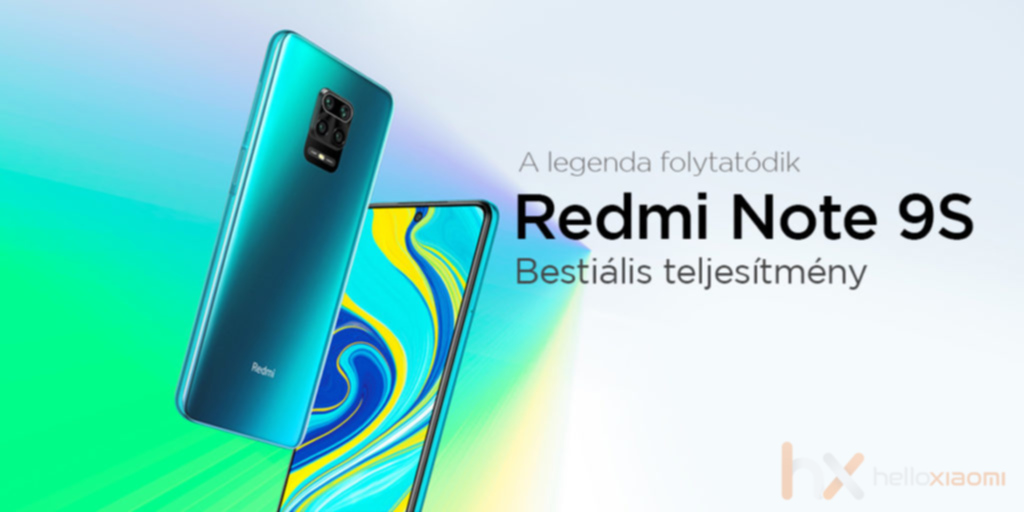
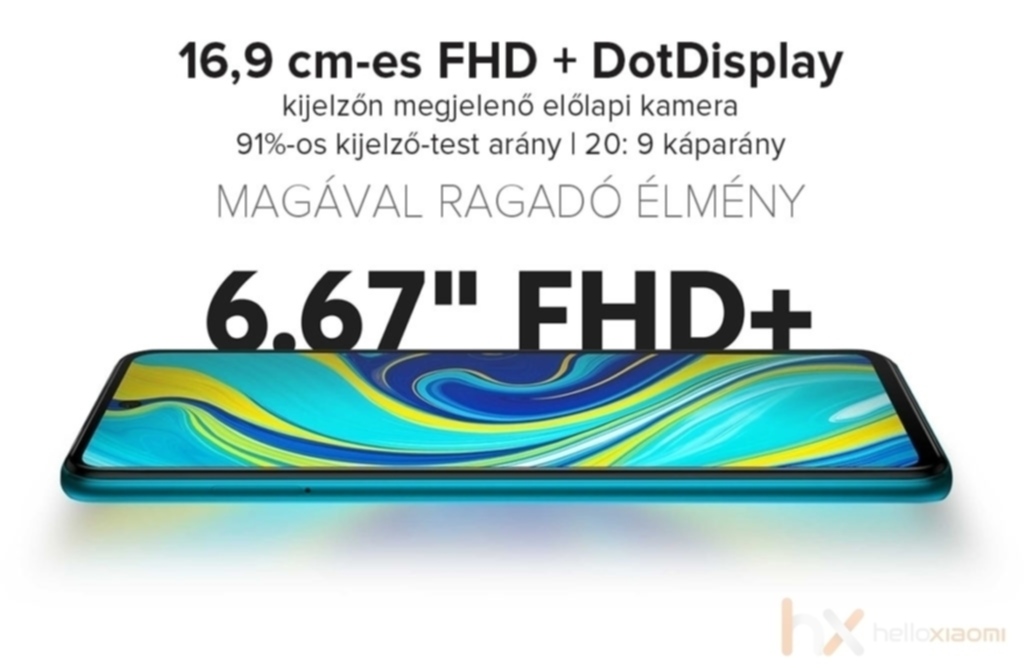
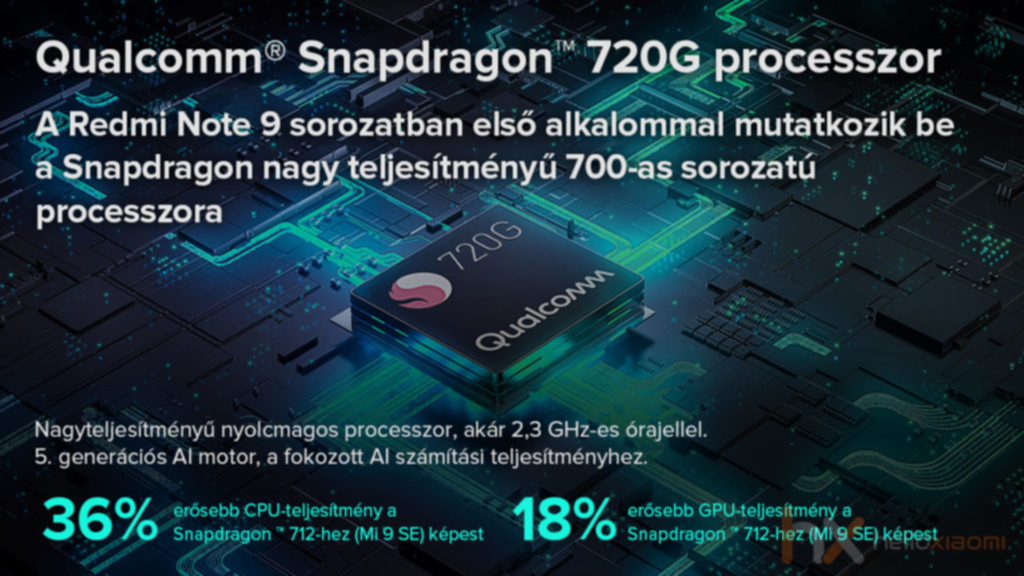

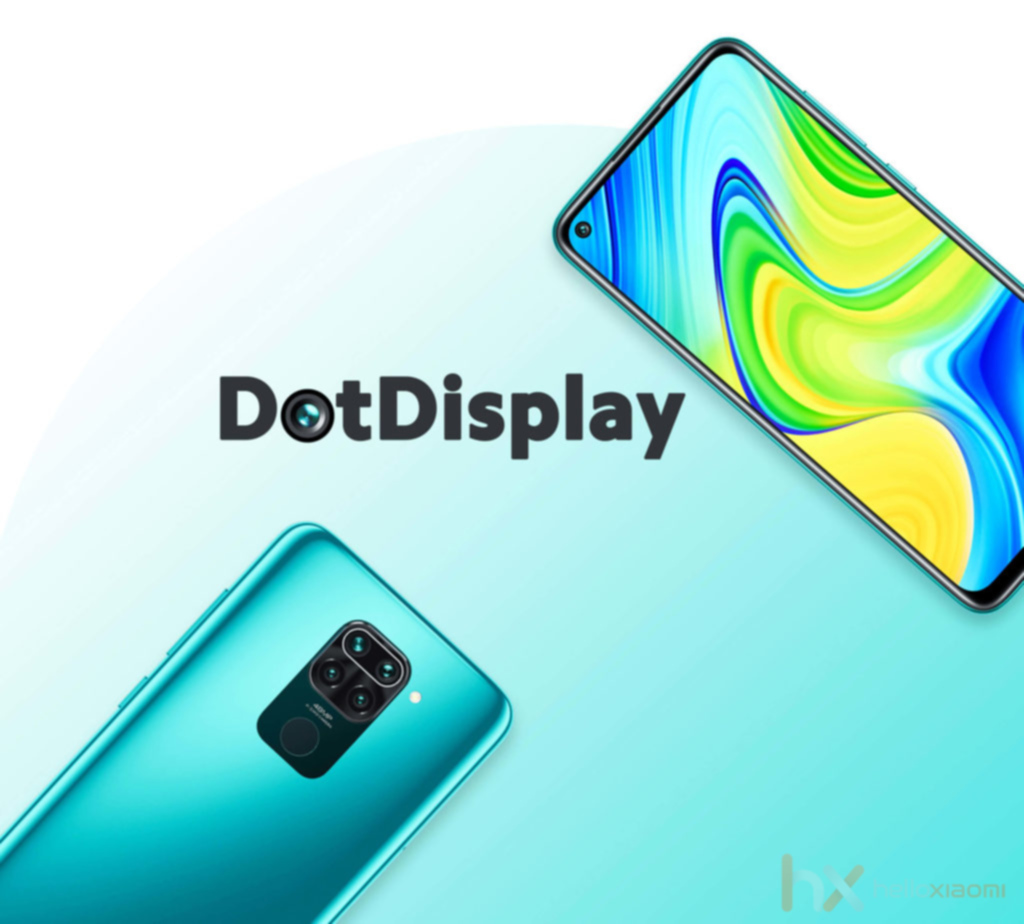

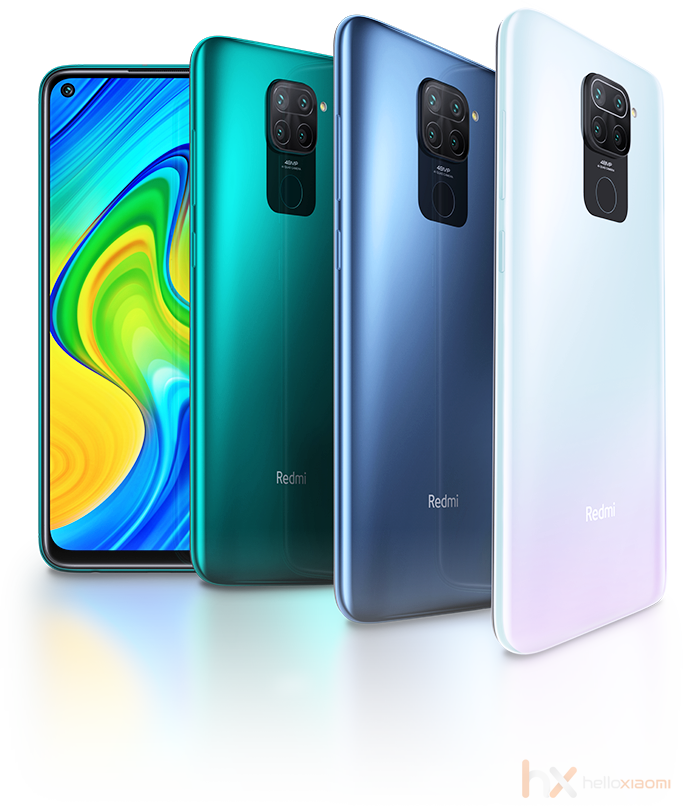
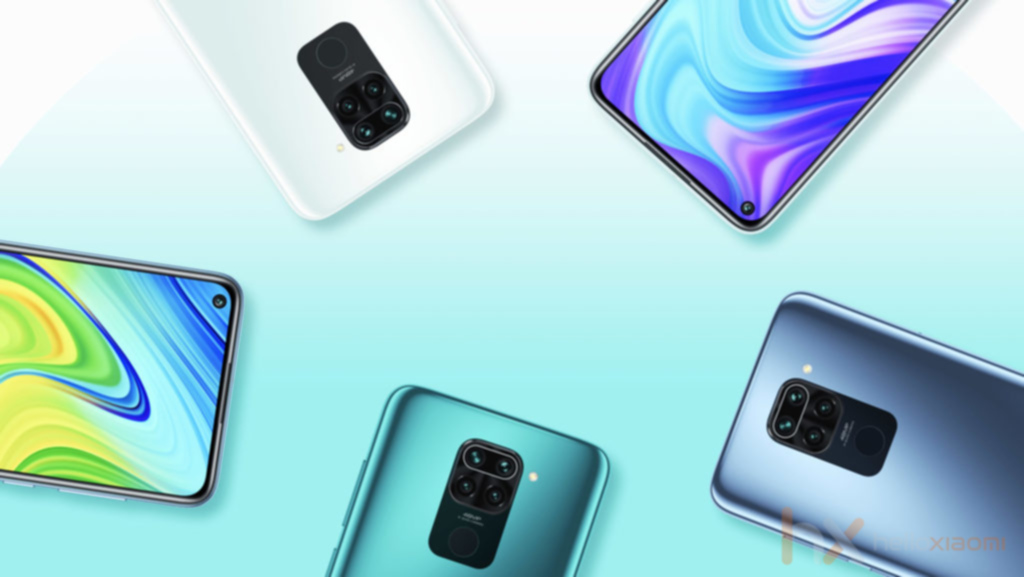
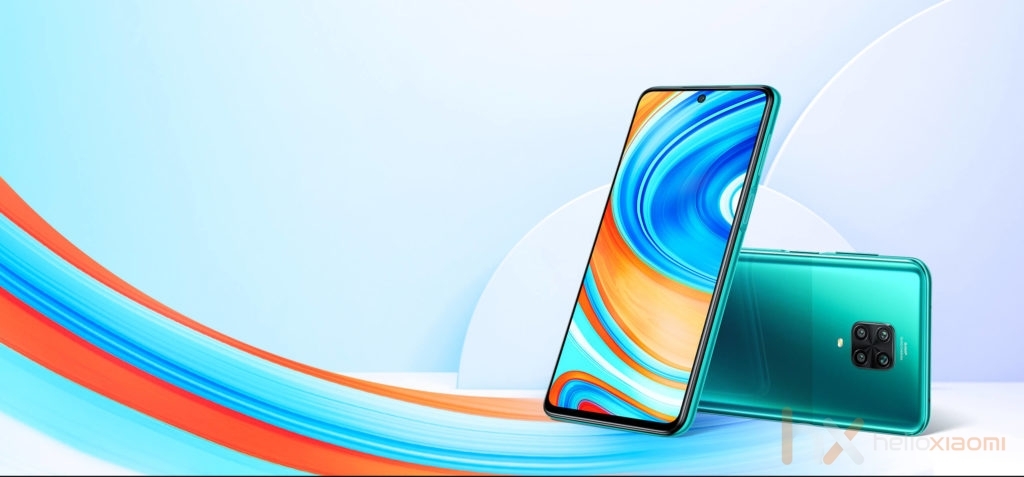
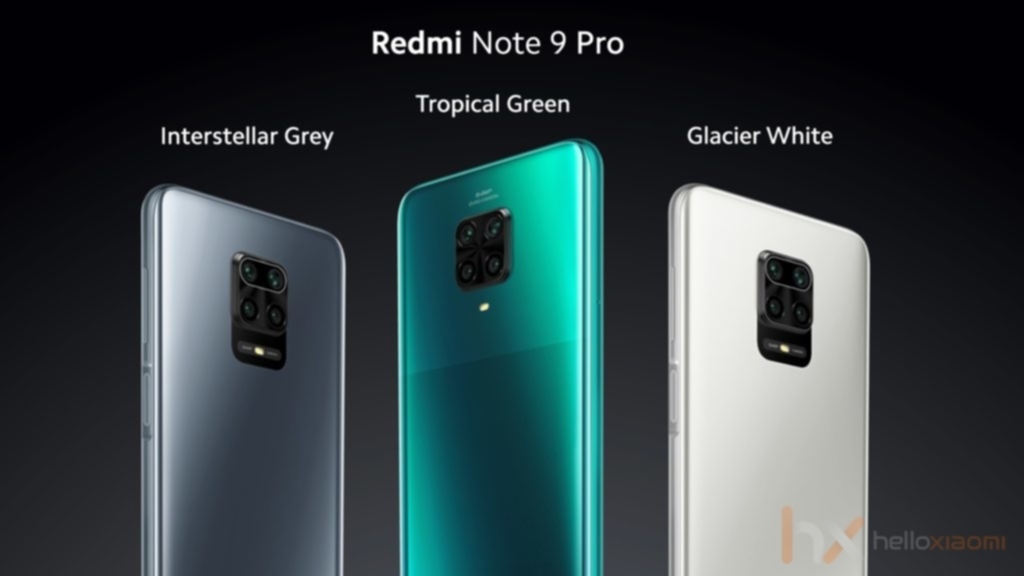

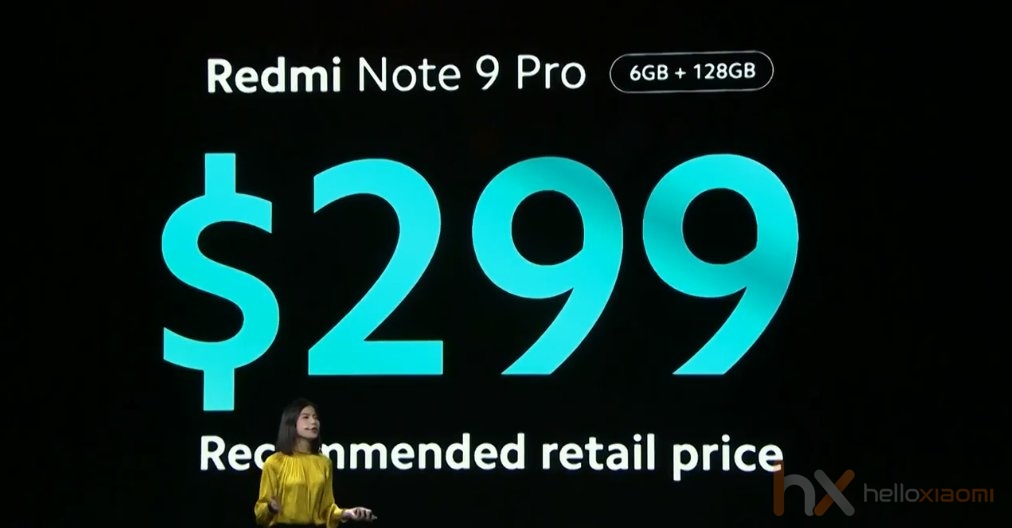

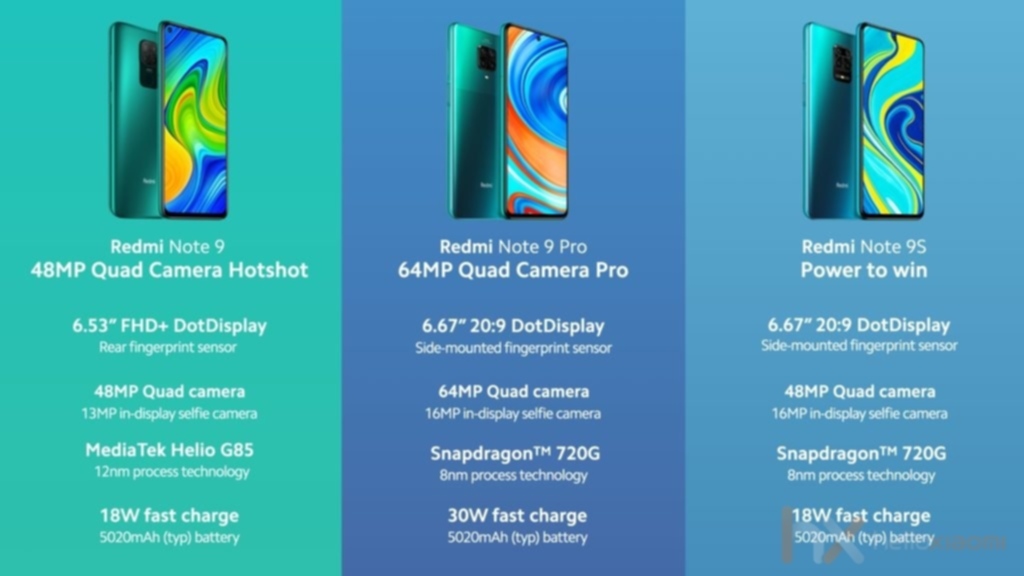

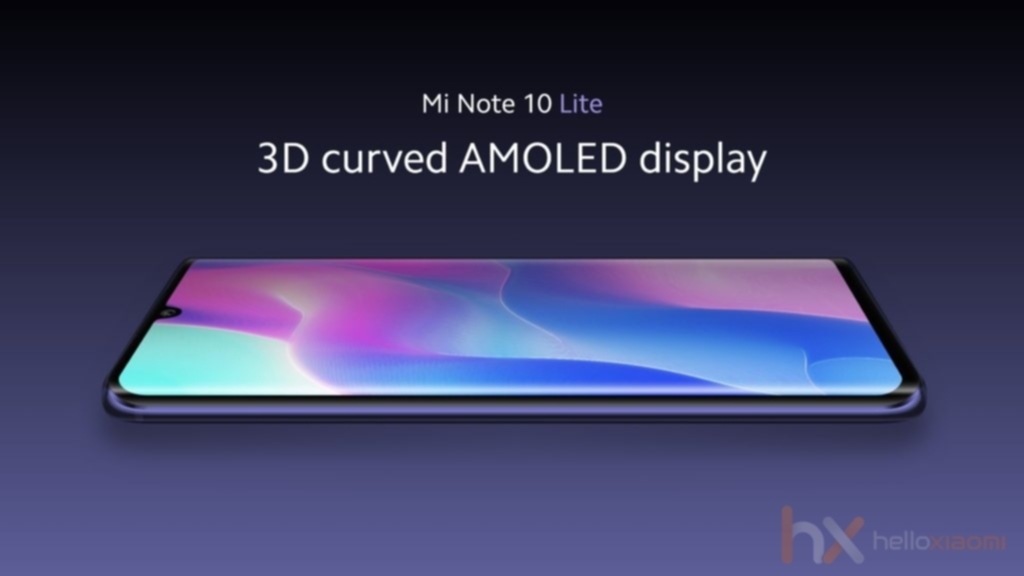

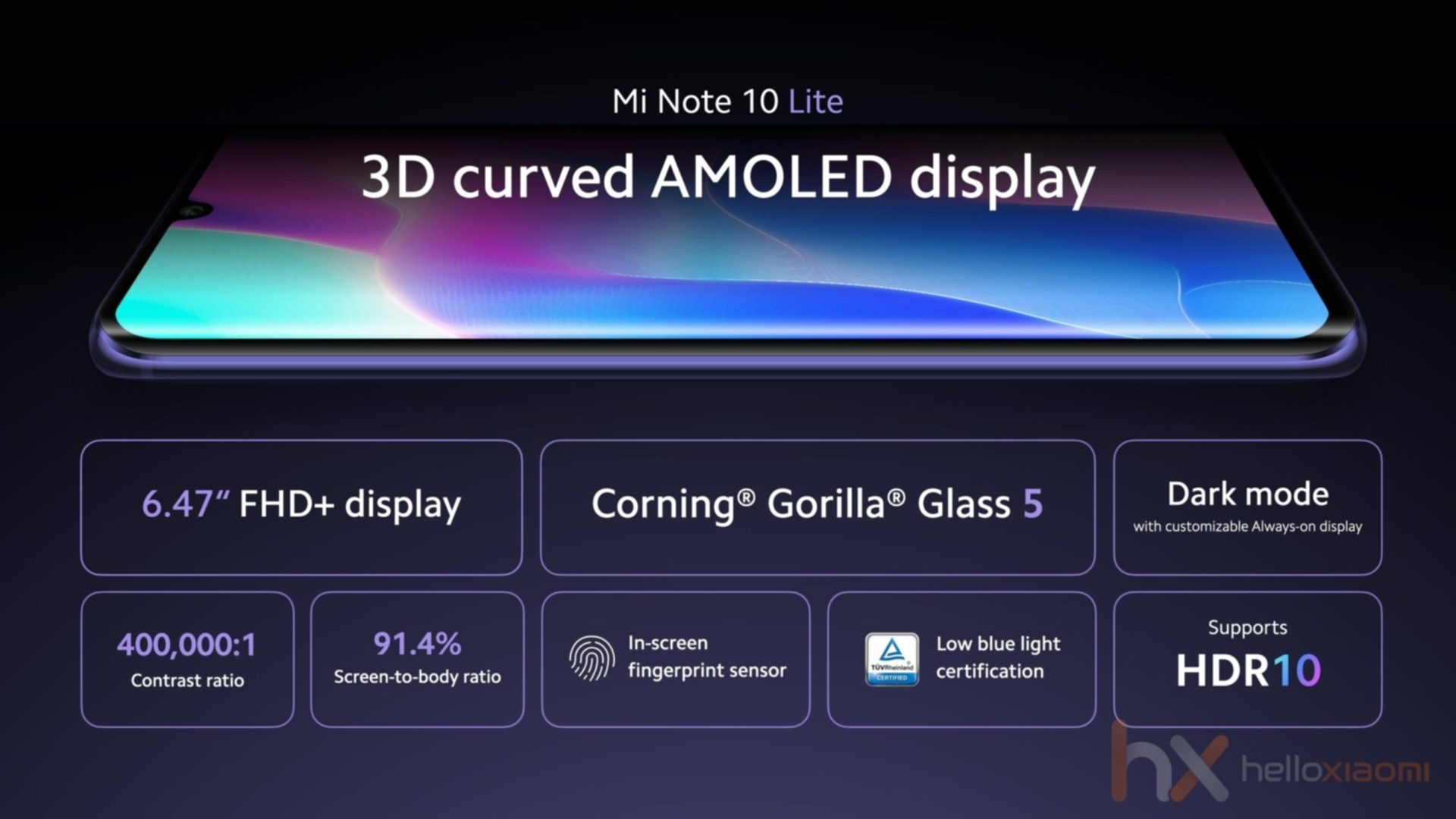
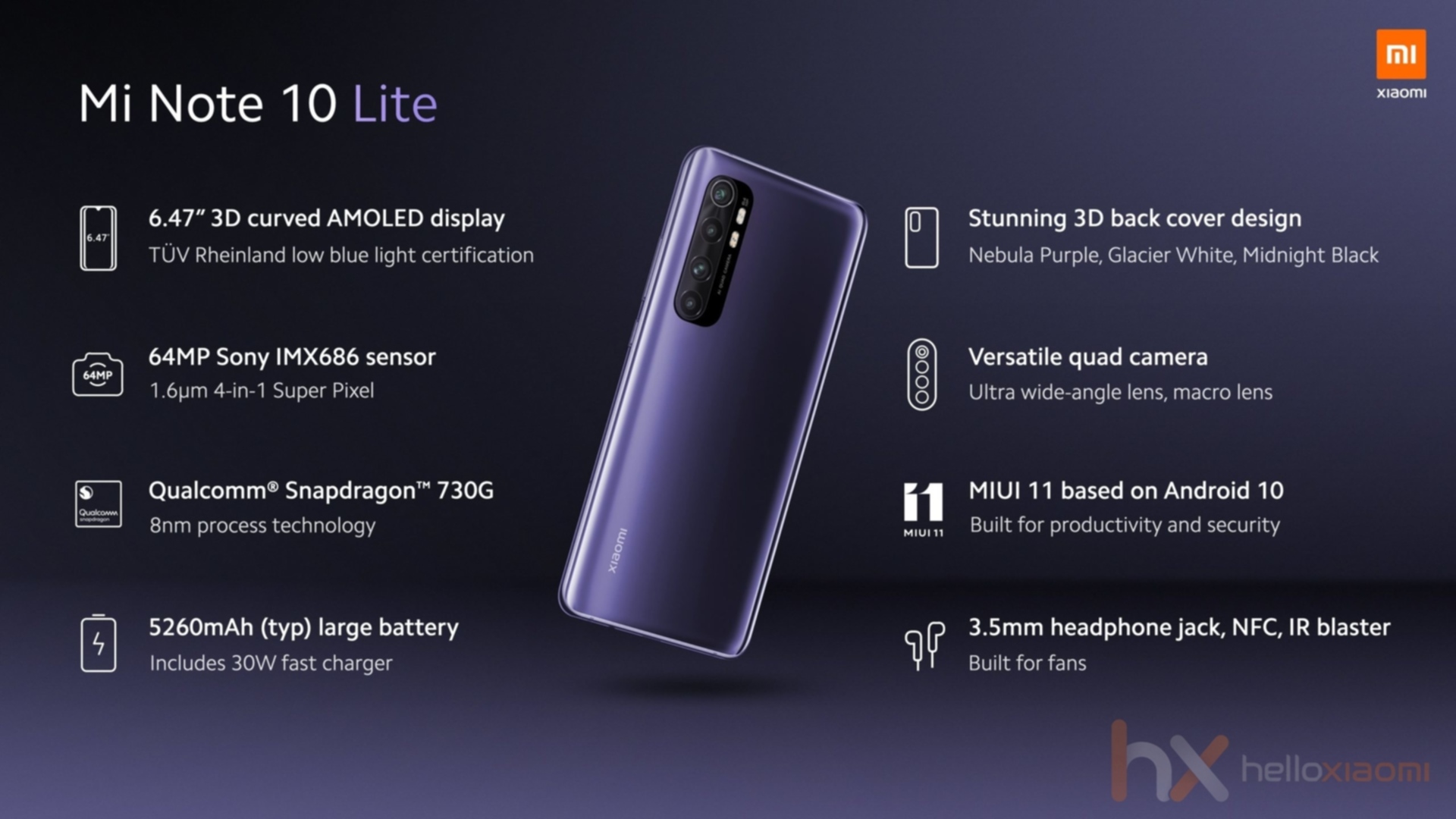
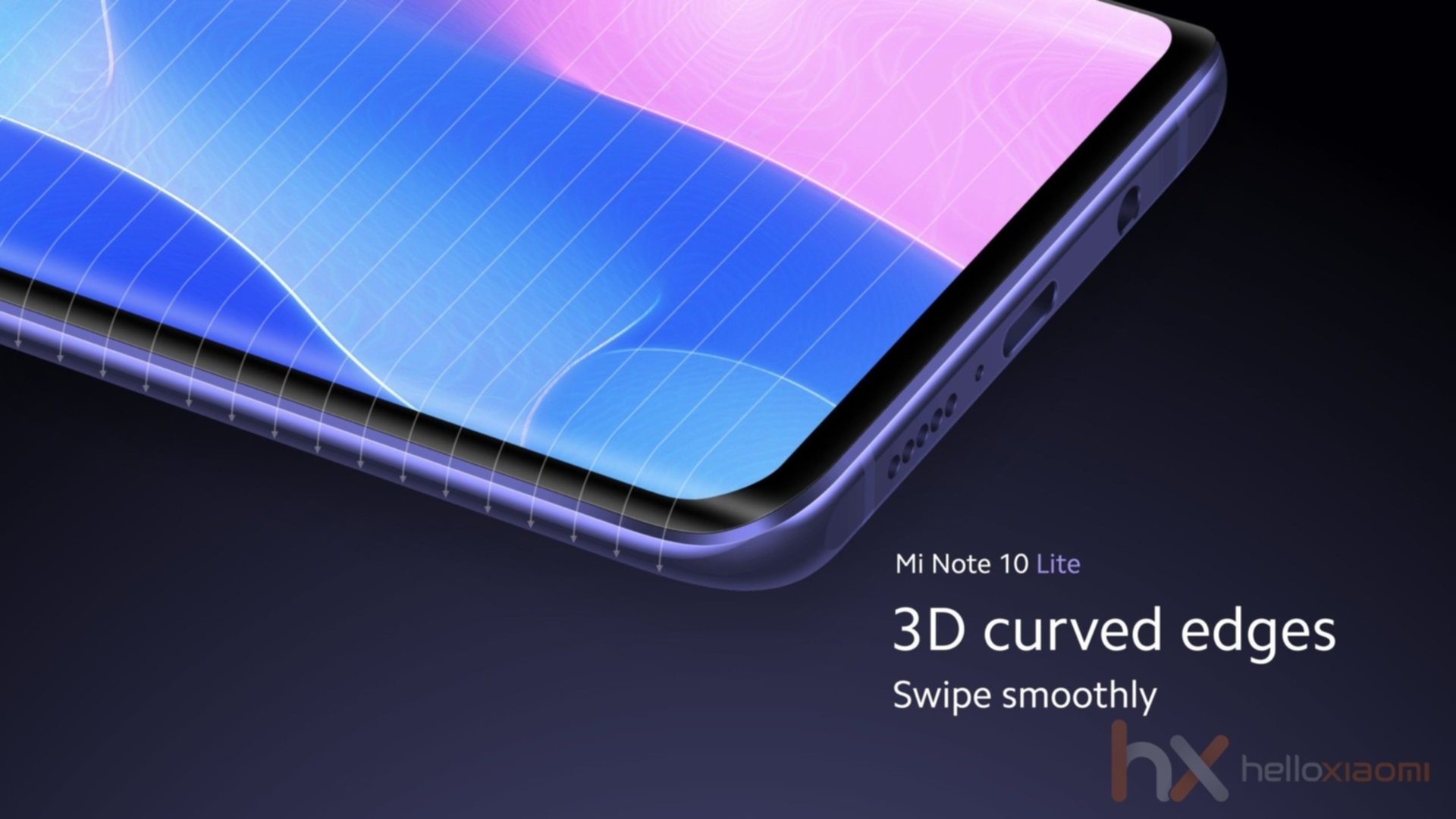

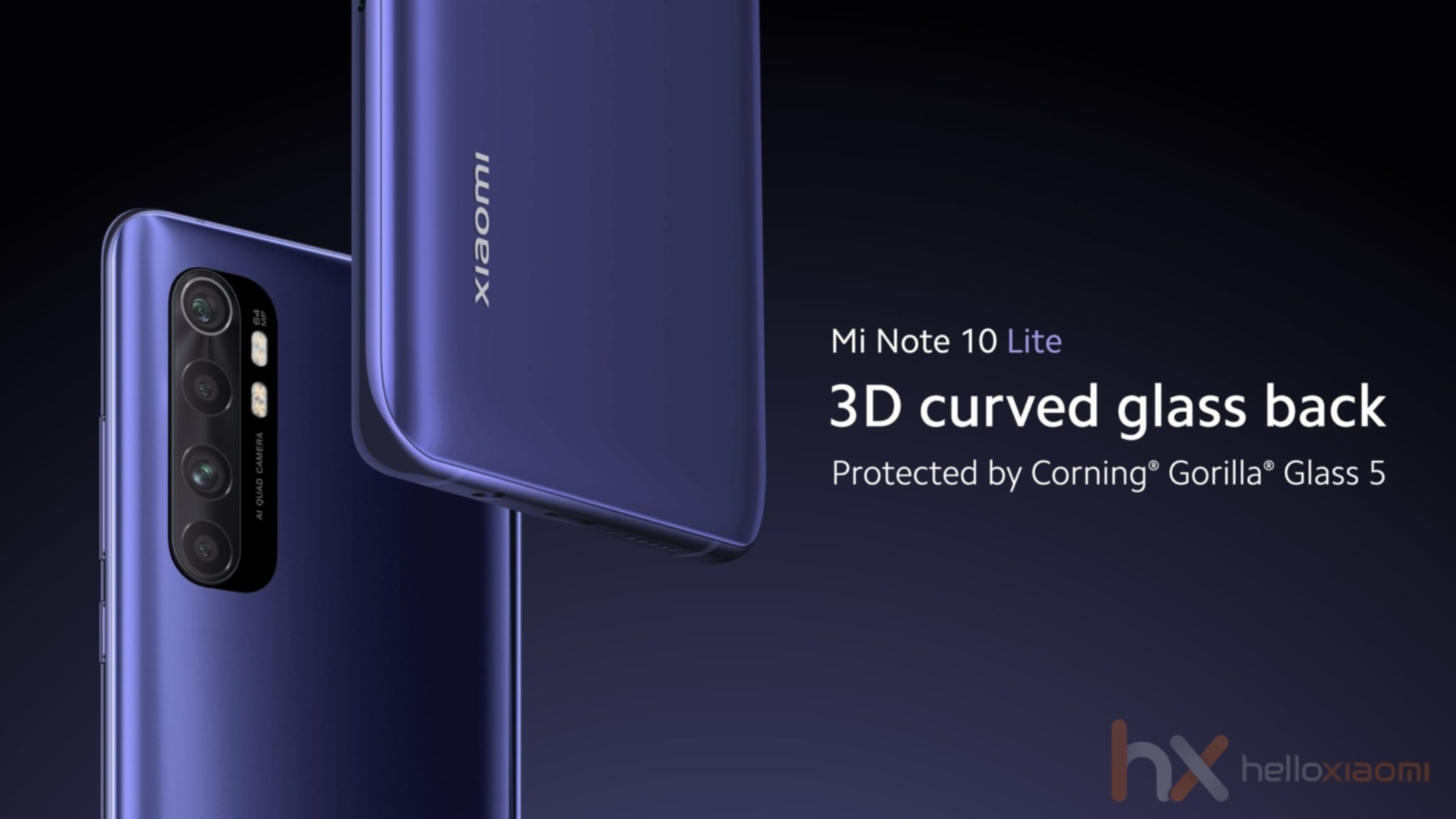

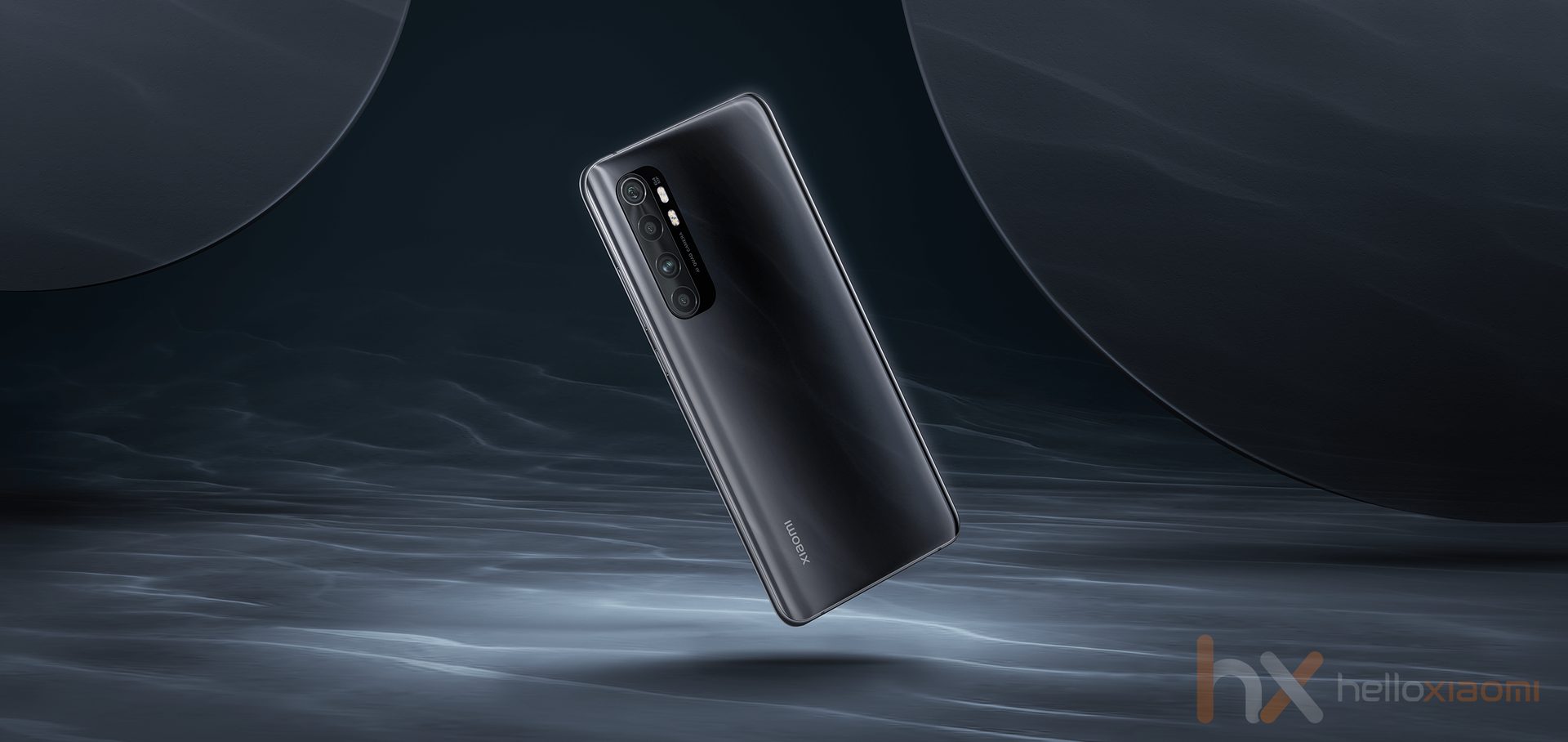

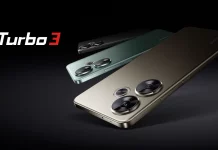
![[148] HyperOS heti hibajelentés](https://helloxiaomi.hu/wp-content/uploads/2024/04/hyperosbugreport148-218x150.webp)
